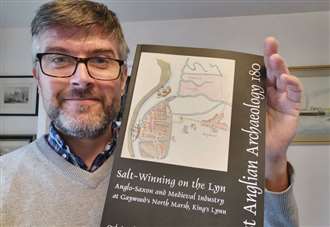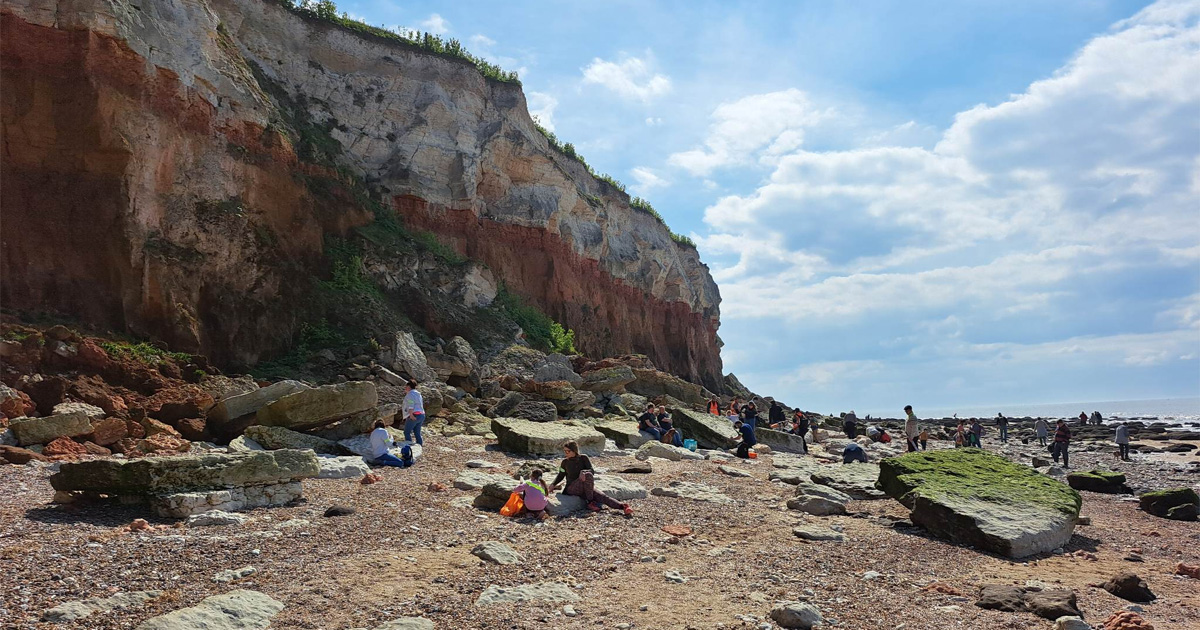
Work at a major town development has shed new light on the salt-making history of Gaywood’s North Marsh.
Construction work for 226 new properties off Parkway in Gaywood kicked off at the beginning of the summer, with the end result to be known as Florence Fields when it is completed in 2027.
Now, the development of homes and a new primary school off Greenpark Avenue in the area has revealed previously unknown secrets about the area’s history. These have subsequently been published in a new book.
Archaeological research funded by West Norfolk Council, which is in charge of the housing scheme, was carried out in partnership with Norfolk Property Services and Lovell as part of the preparatory works.
This area was formerly known as Gaywood’s North Marsh. Oxford Archaeology carried out a programme of excavations between 2017 and 2019, and the resulting findings have been published in the book.
The work uncovered extensive evidence of salt-making, which is believed to have been a vital part of the coastal economy from the middle Anglo-Saxon (seventh/eighth century) to medieval period.
The marshland, which at the time was to the east of the Wash and to the north of the ancient inlet known as the Lyn, was rich in salt – or ‘white gold’ – which was gathered from the brine-saturated muds of the marsh.
Research following the excavations included the examining of medieval documents and historic maps, many of which are reproduced in the book. Together with scientific dating, this shows that this industry was in decline by the 12th century – and by the 13th century it was no more.
However, tell-tale signs of the practice of salt-winning remain with the existence of numerous mounds or hillocks which would have been formed through the accumulation of waste deposits from the process.
Principal project manager James Grant said: “While this book is quite a technical read, it is fascinating to learn about the industry that would have occurred on the site all those years ago.
“It gives quite an insight into the area’s importance to trade and its role in the development of the wider town.”
The book ‘Salt-winning on the Lyn’ is published by Oxford Archaeology. It is part of the East Anglian Archaeology series and will be available from Oxbow books.
Graeme Clarke, lead archaeologist for the project, added: “There was much anticipation as each mound was opened to see what lay inside and a growing realisation, as each group of salt-making remains was brought to light, that important discoveries were being made.
“This book highlights this industry’s role in shaping the landscape of Gaywood that we see today.”













